Samsung Galaxy A36 5G vs Galaxy A35 5G: Main differences
We may earn a commission if you make a purchase from the links on this page.
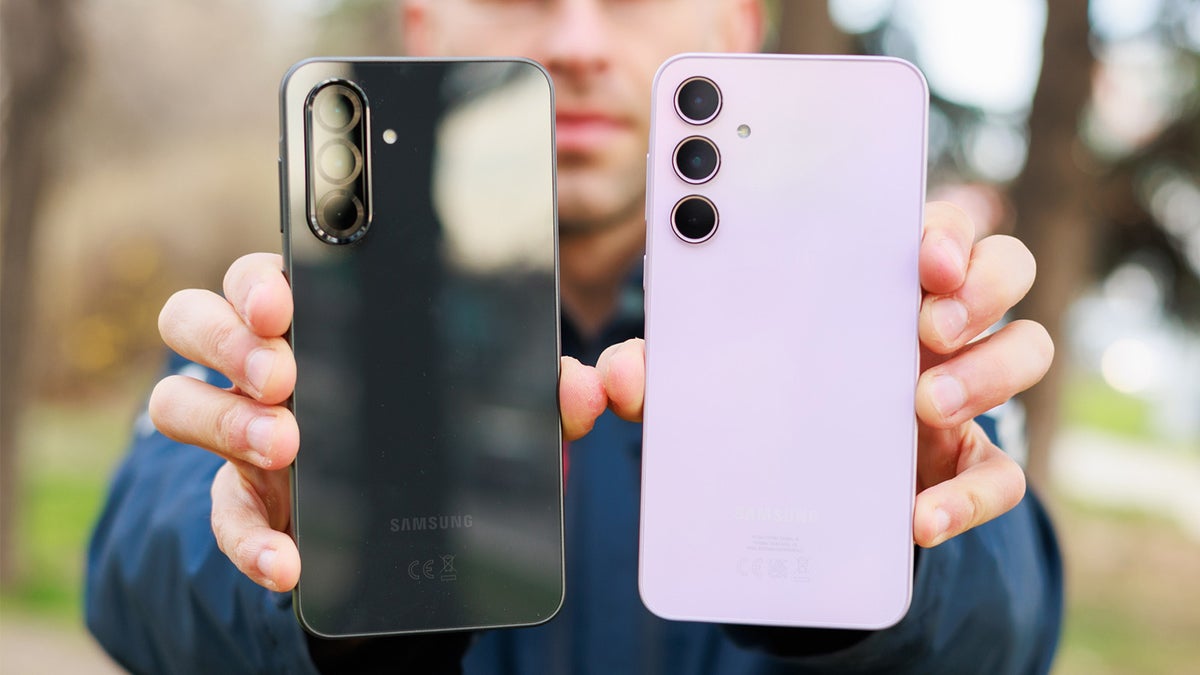
Intro
Samsung has just unveiled its latest mid-range phone, the Galaxy A36, set to carry the torch from the Galaxy A35 through most of 2025 — or at least until the Galaxy A56 eventually lands in the U.S.
This year’s update feels more like a refinement than a leap forward. With only minor changes on offer, most Galaxy A35 users will likely struggle to find a compelling reason to upgrade. In our view, the improvements aren’t significant enough to justify making the switch.
This year’s update feels more like a refinement than a leap forward. With only minor changes on offer, most Galaxy A35 users will likely struggle to find a compelling reason to upgrade. In our view, the improvements aren’t significant enough to justify making the switch.
Galaxy A36 vs Galaxy A35 differences:
| Galaxy A36 5G | Galaxy A35 5G |
|---|---|
| Thinner phone overall (7.4mm) | Standard Galaxy design with 8.2mm thick body |
| Larger 6.7-inch display | Slightly smaller 6.6-inch display |
| 1,200 nits of brightness | Just 500 nits of brightness |
| Six years of software support | Four years of software support (three remaning) |
| Unified camera island | Separate camera lenses |
| 4nm Snapdragon 6 Gen 3 on board | Samsung's own Exynos 1380 5nm chipset and 6GB/8GB RAM |
| Much faster 45W wired charging | Slower 25W wired charging |
Read more:
- Galaxy A36 and A56 expected features, prices, specs, and upgrades
- Samsung Galaxy A56 vs Galaxy A36 preview: Almost the same phone
- Samsung Galaxy A36 5G vs Galaxy S24 FE: Main differences to expect
- Samsung Galaxy A36 5G vs Galaxy S25: Can the mid-ranger potentially stand a chance?
- Samsung Galaxy A36 5G vs Galaxy A16 5G: Twice the price, double the phone?
Design and Size
Change for the sake of change

The camera design is the most significant difference here (Image by PhoneArena)
The new Galaxy A36 5G scores a slightly thinner 7.4 mm body in comparison with the older Galaxy A35, which stood at 8.2 mm. While the general design language is the same, we now get Gorilla Glass Victus+ at the back of the Galaxy A36, whereas the A35 featured a plastic rear plate. Up front, both phones boast Gorilla Glass Victus+.
The biggest design change, however, can be seen at the back, where Samsung has moved from the separate camera lens design on the Galaxy A35 and employs a unified camera island comprising all three camera lenses at the rear.
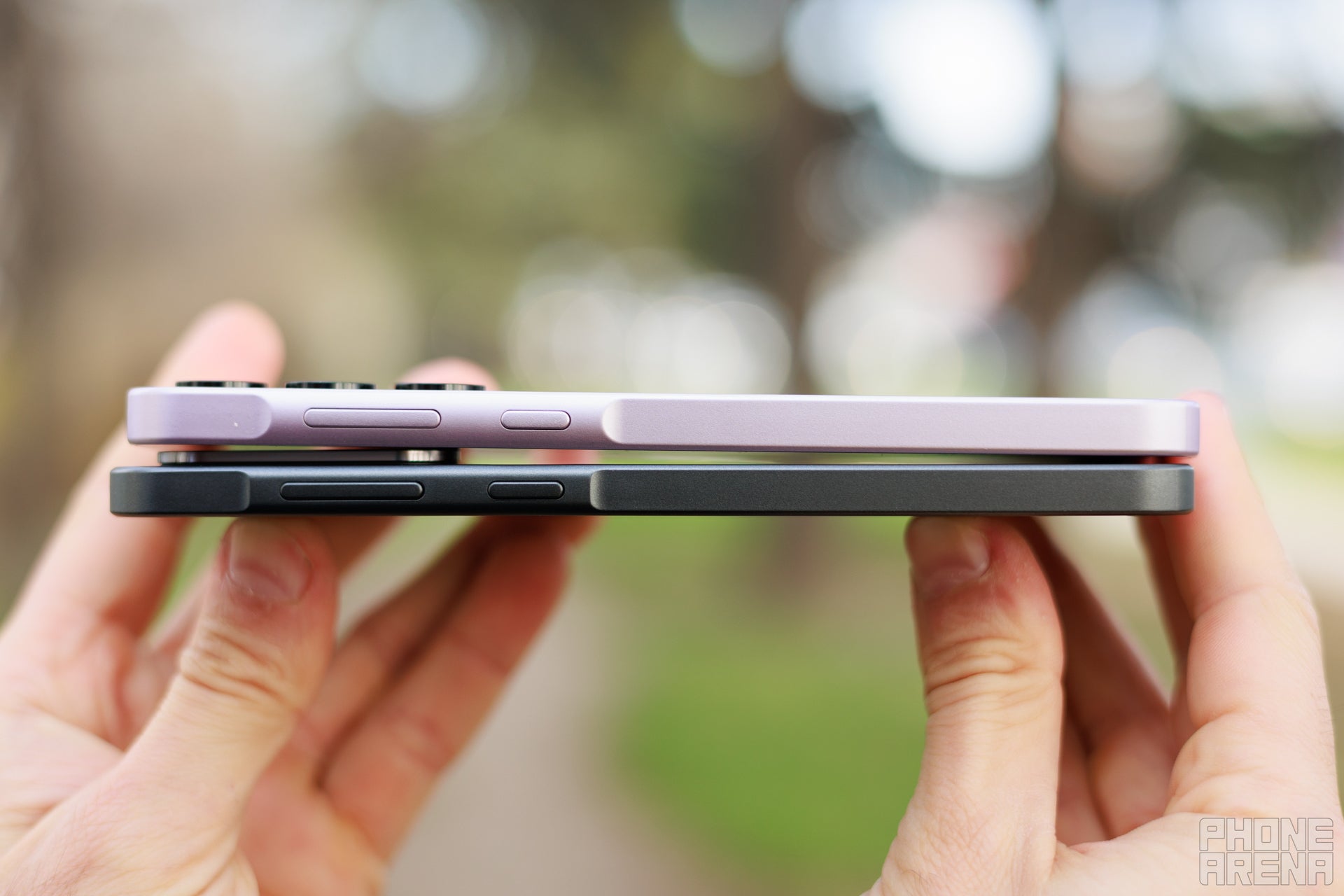
The Galaxy A36 is thinner than its predecessor (Image by PhoneArena)
Interestingly, this design stands out a bit from the rest of Samsung's phones. The Galaxy S25 series, for example, uses separate camera lenses, just like the Galaxy S24 range, and the Galaxy A series now look like the outliers.
Not a design change that might have been done with any particular reason in mind, but hey, it looks different enough for the sake of change itself.
The Key Island design element, which unifies the power and volume keys, is here to stay. IP67 dust and water resistance is common on both phones.
Aside from that, there aren't any other major changes between the Galaxy A36 and the Galaxy A35.
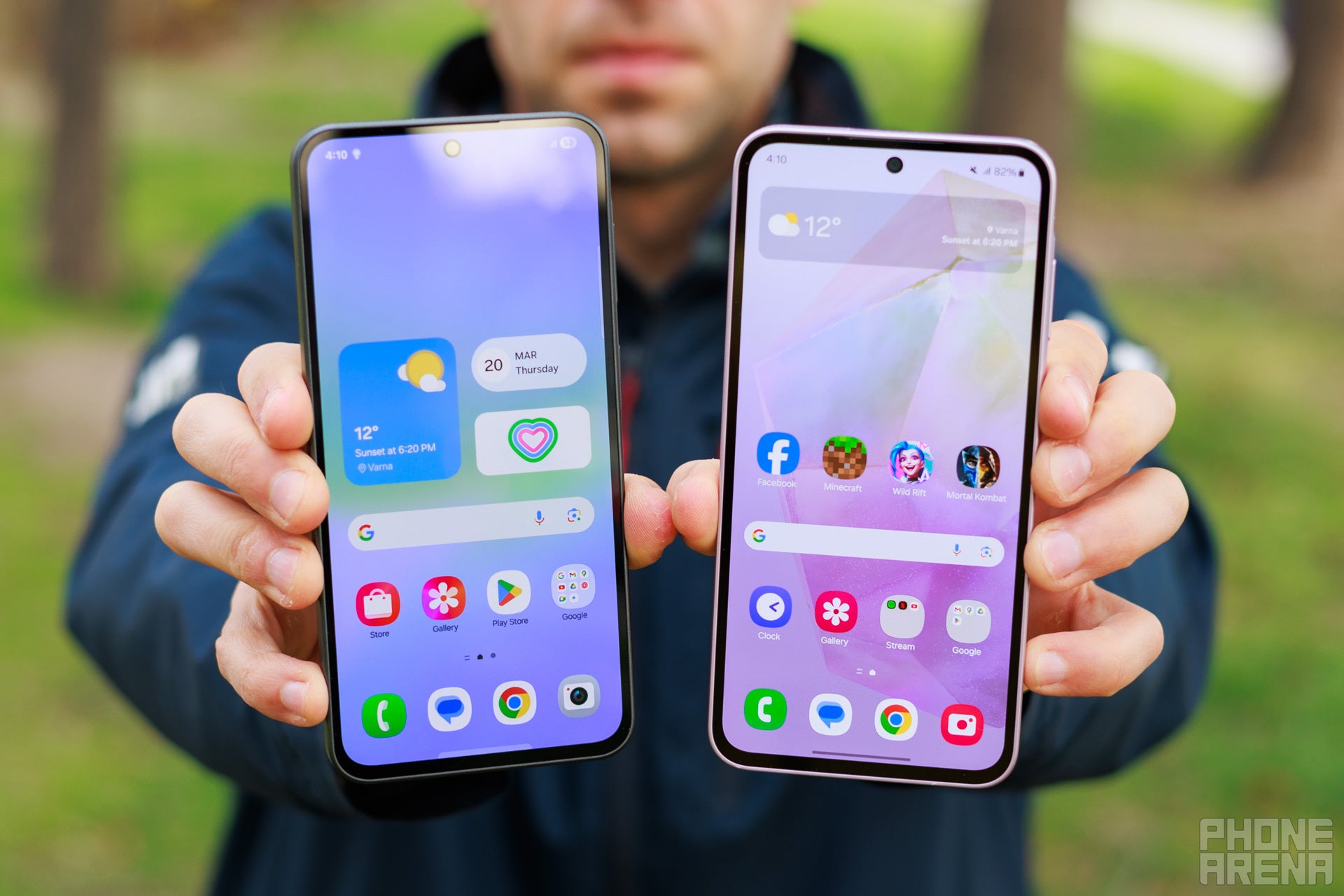
The Galaxy A36 has a better screen (Image by PhoneArena)
Display-wise, we get a slight screen size bump to 6.7 inches, up from 6.6 inches on the Galaxy A35. Both screens are OLED ones with FHD+ resolution and 120Hz refresh rate. Aside from the screen size, the big difference here is the peak brightness, which is significantly higher on the new model. Still, in terms of color accuracy and overall properties, the older device is still perfectly adequate.
Biometrics-wise, both come with in-display fingerprint scanners of the optical type. Those are usually slower than the ultrasonic ones found on the company's pricier flagships, but still do a good job. Have in mind that they are not so forgiving if you misplace your fingerprint and might sometimes fail to deliver a correct reading.
Performance and Software
Running in the same place

No performance gains (Image by PhoneArena)
The Galaxy A36 uses the Snapdragon 6 Gen 3, a 5nm chipset that will surely strike a good balance between speed and power-savings. Efficiency is key with mid-range devices, after all.
This return to the Qualcomm fold will be another generational change after Samsung went from the MediaTek Dimensity 1080 with the Galaxy A34 to the Exynos 1380 with the Galaxy A35. It's now Qualcomm's turn once again in the driver's seat, though with some uncertainties involved.
In our initial tests, the Galaxy A36 and Galaxy A35 are on par in terms of CPU tasks, but the newer phone has the upper hand in terms of GPU performance.
Other than that, we get 8GB of RAM in the entry-level 128GB version, with 256GB of storage available as well. Unlike the Galaxy A35, we don't get a microSD card slot here.
There is a microSD card slot on board the Galaxy A36.
In terms of software support, we will get six years of support for this new mid-ranger. We know Samsung has committed to seven years of software support for its more premium phones, but honestly, six years of support for a mid-range phone is quite decent!
Camera
Room for improvement

We'd rather take the older, non-redesigned camera (Image by PhoneArena)
We get a 50MP main, an 8MP ultrawide, and finally, a 5MP macro is sadly completing the camera setup on the Galaxy A36. At the front, we have a 12MP camera.
That's mostly the same camera setup as the Galaxy A35 had that 50MP main, 8MP ultrawide, a 5MP macro camera, and a 13MP front-facing camera, which does the job, but doesn't impress with anything in particular.
PhoneArena Camera Score:
Surprisingly, however, Samsung has altered the image processing with the Galaxy A36, resulting in different image processing. Sadly, as per our tests, the newer phone doesn't take better photos or videos than its predecessor; it's actually the other way around.
This is the result of some excessive oversharpening and overprocessing we're seeing, as well as a generally warmer color temperature that shifts away from the more natural look of Galaxy A35's camera.
Main Camera
While photos taken with the Galaxy A36 aren't inherently worse than the ones taken with the Galaxy A35, there's slightly more oversharpening and overprocessing in samples taken with the newer phone. The colors are a lot warmer, too, which isn't that bad, but doesn't look good when you compare it to the more realistic output of the Galaxy A35.
Ultrawide camera
The most significant difference here is the color temperature between the two. Other than that, the two ultrawide cameras are very similar.
Zoom Quality
At 2X, we're relying on digital zoom already, and the quality is okay. The photos are perfectly usable for just about any purpose.
More Galaxy 36 vs Galaxy A35 camera samples
Video Quality

Video quality on the Galaxy A36 isn't particularly good. First up, the image processing is inconsistent here, with the video quality of the Galaxy A36 being colder than the Galaxy A35.
Next, the dynamic range of the new phone is just atrocious: while with the Galaxy A35 you can still make out some features of the subject in extreme lighting conditions, with the A36 you're basically left with a silhouette of a man.
Battery Life and Charging
With the Galaxy A36, you get slightly better battery life
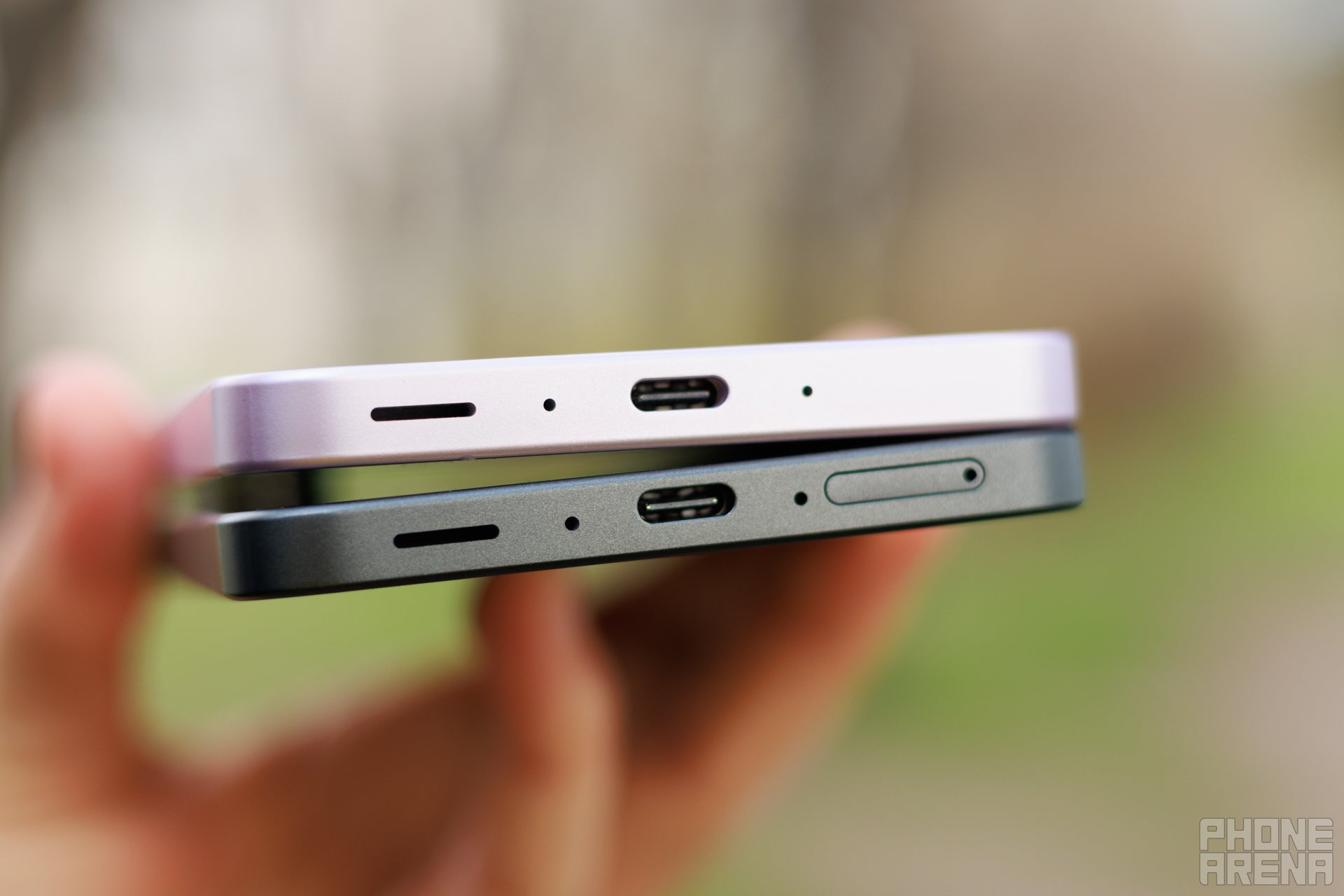
The Galaxy A35 had a standard 5,000mAh battery, which is great, but the thinner Galaxy A36 also has a 5,000mAh battery on board, which is altogether great news! Samsung has shaved off a millimeter from the body without sacrificing the battery capacity, which is what we love to see.
However, how does the new chipset on deck affect the battery life?
In our own custom battery tests, the Galaxy A36 pulls slightly ahead with a slightly better battery life than the Galaxy A35. The new phone takes a big lead in the browsing test, where it lasts two hours extra in our workflow that aims to simulate a regular browsing experience with the screen set at 200 nits.
However, in our video streaming and 3D gaming tests, the older Galaxy stills performs slightly better. Overall, battery life shouldn't make a big role in your decision to upgrade to the newer Galaxy A36.
PhoneArena Battery and Charging Test Results:
Charging-wise, we've got a surprising upgrade to 45W of wired charging. Yes, that's right, even the flagship Galaxy S25 is equipped with less than that, making Samsung's recent mid-rangers pretty intriguing. The older Galaxy A35 boasts 25W charging, which is slower.
This charging speed increase has resulted in a 15-minute faster charge on the new phone. Not that much, but still noteworthy. None of these two phones boasts wireless charging.
Audio Quality
Equipped with stereo speakers, both phones deliver good audio for their price point. Bass is a bit lacking and the highs aren't very detailed, there's also some distortion when you push the volume too far.
Specs Comparison
Here's how the Galaxy A36 5G vs Galaxy A35 5G specs compare:
| Galaxy A36 5G | Galaxy A35 5G | |
|---|---|---|
| Size, weight | 162.6 х 77.9 х 7.4mm | 161.7 x 78.0 x 8.2 mm, 209gr |
| Screen | 6.7" Super AMOLED 1,200 nits of brightness 120Hz | 6.6" Super AMOLED 500 nits of brightness 120Hz |
| Processor | Snapdragon 6 Gen 3 (5nm) | Exynos 1380 (5nm) |
| RAM, Storage | 8GB RAM 128GB/256GB No microSD slot | 6GB/128GB 6GB/256GB microSD slot |
| Cameras | 50MP main 8MP ultrawide 5MP macro 12MP front | 50MP main 8MP ultrawide 5MP macro 13MP front |
| Battery | 5,000mAh | 5,000mAh |
| Charging | USB-C 45W wired No wireless | USB-C 25W wired No wireless |
Summary
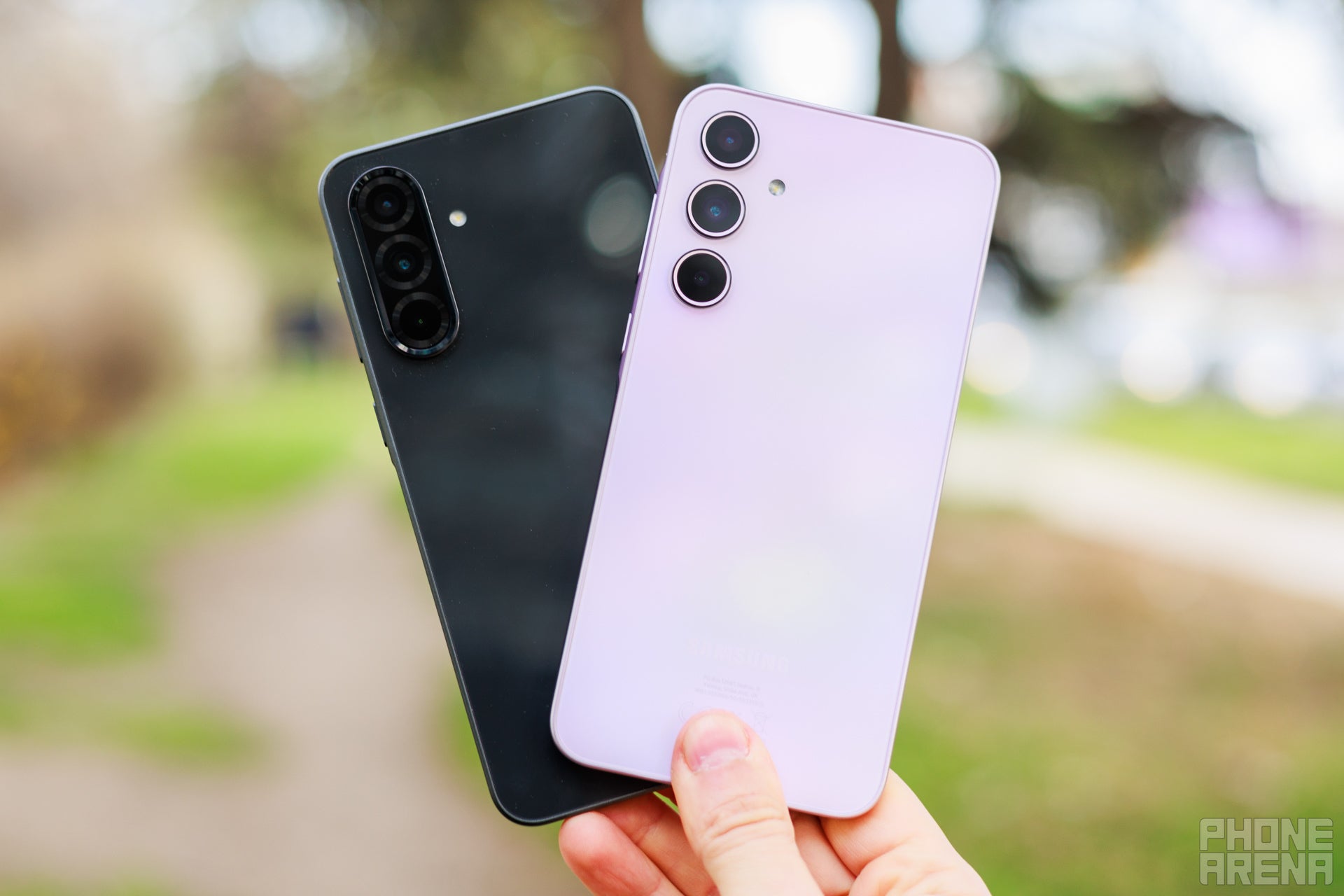
You win some and you lose some with the Galaxy A36 5G (Image by PhoneArena)
The Galaxy A36 5G feels like one step forward and… one step backwards at the same time, making it stand in the same exact place.
While we've got a slightly better design and improved average battery life and charging speed, we have also got a slightly worse camera image processing, as well as the same general performance.
While we've got a slightly better design and improved average battery life and charging speed, we have also got a slightly worse camera image processing, as well as the same general performance.
This doesn't make the Galaxy A36 feel like a proper follow-up to the Galaxy A35, and if you have one of those, you probably shouldn't upgrade to the Galaxy A36.
It's still a great-value mid-ranger, but don't only upgrade if you're coming from a much older Galaxy.
Follow us on Google News
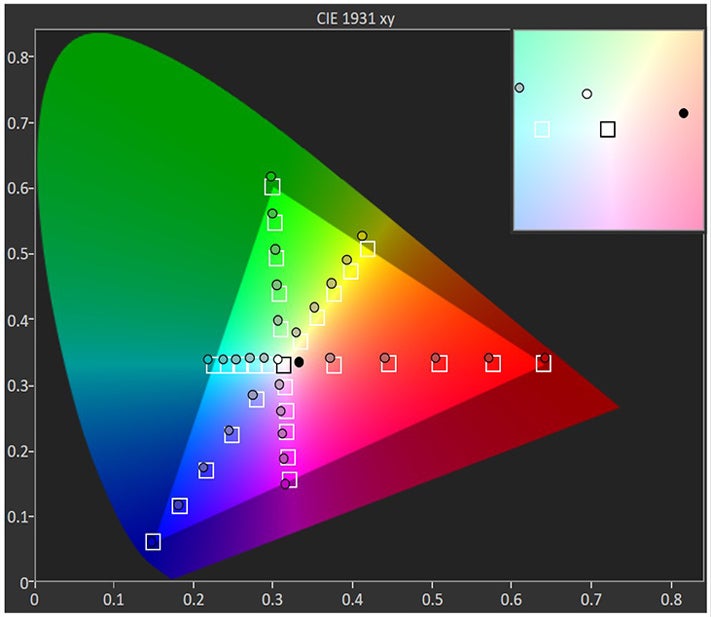







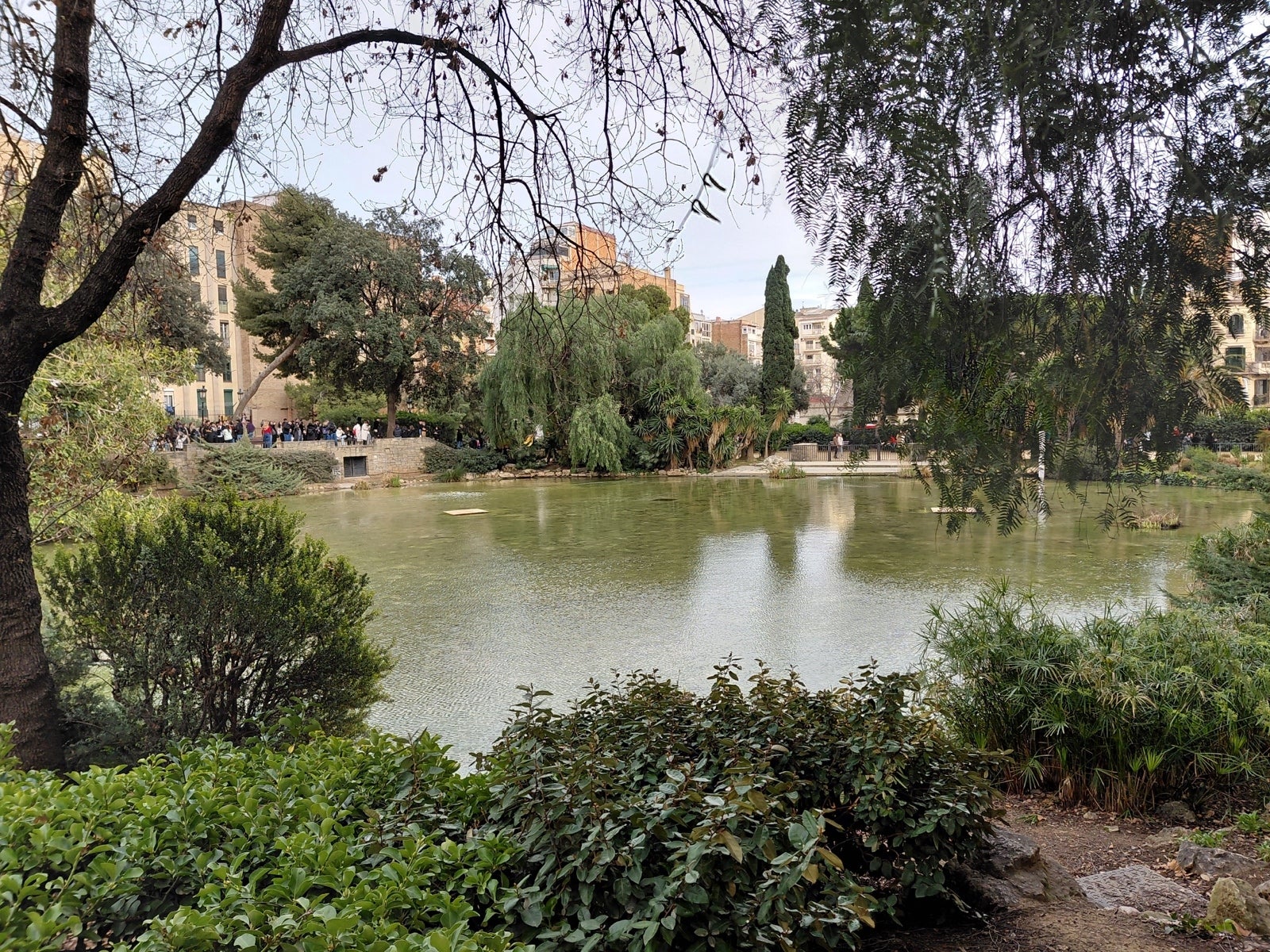
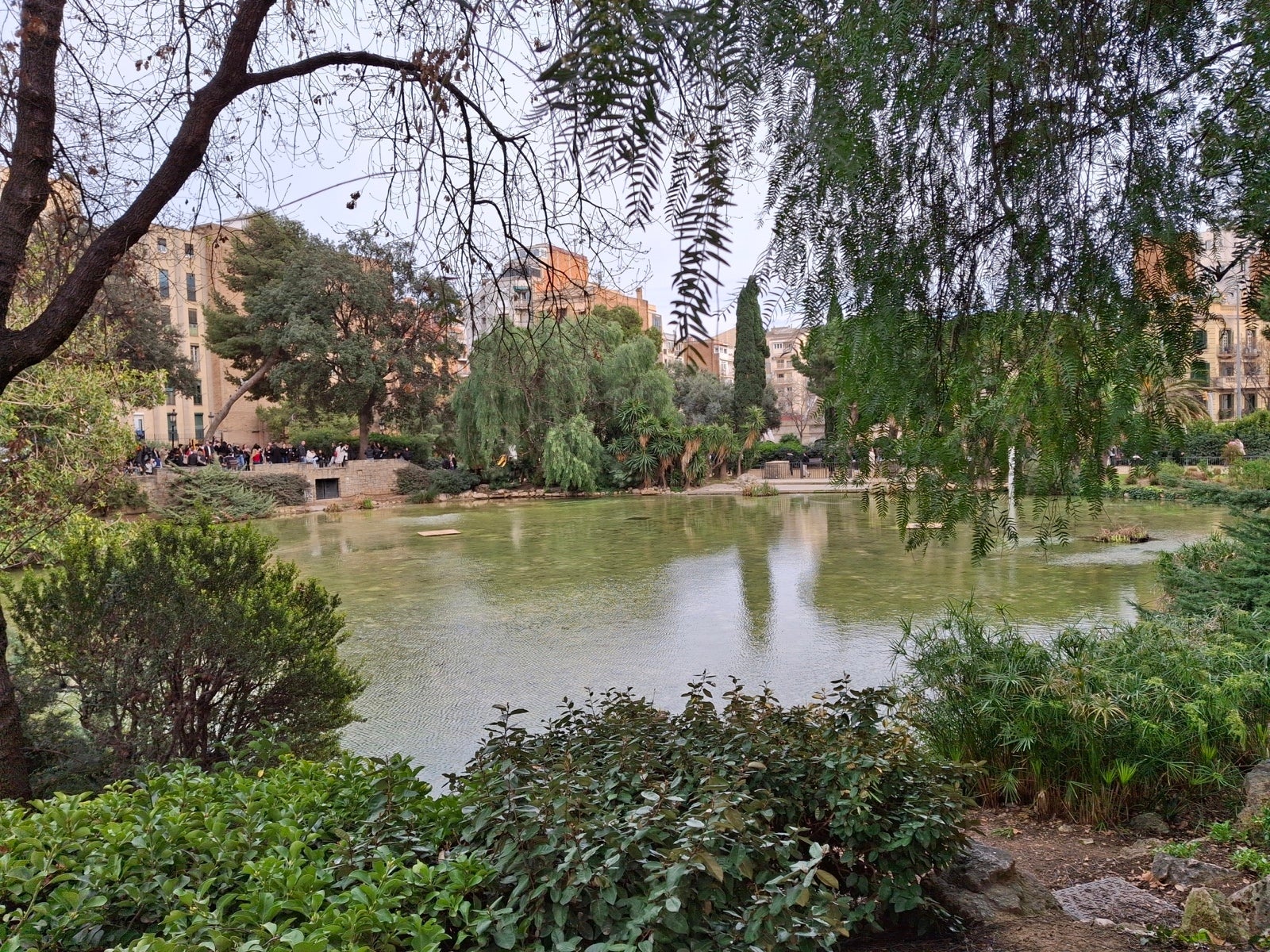









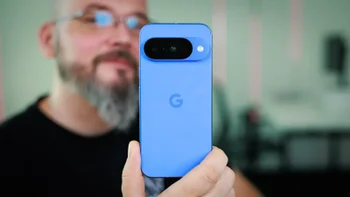


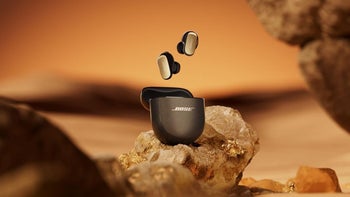
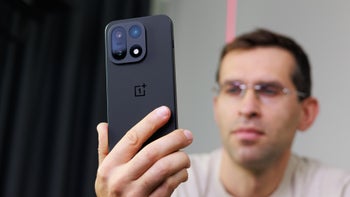
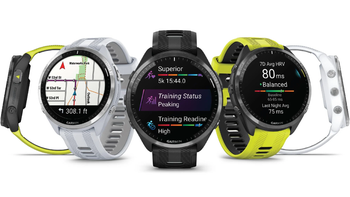
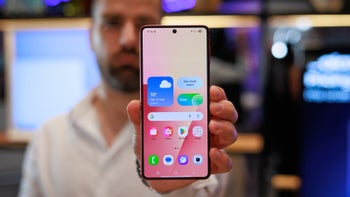
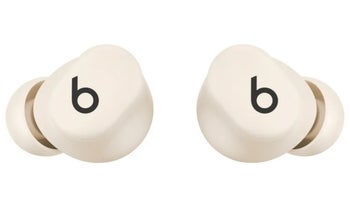
Things that are NOT allowed:
To help keep our community safe and free from spam, we apply temporary limits to newly created accounts: